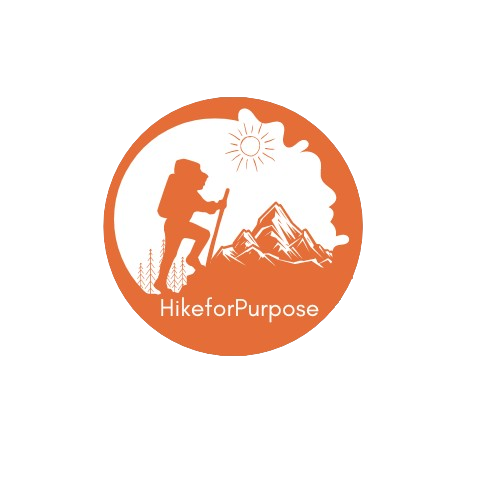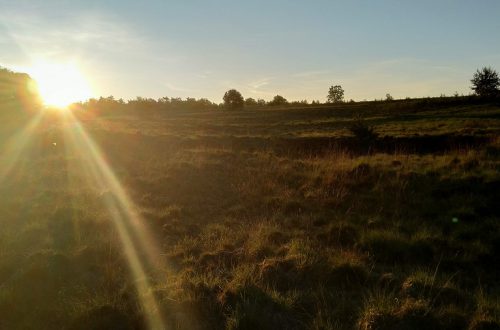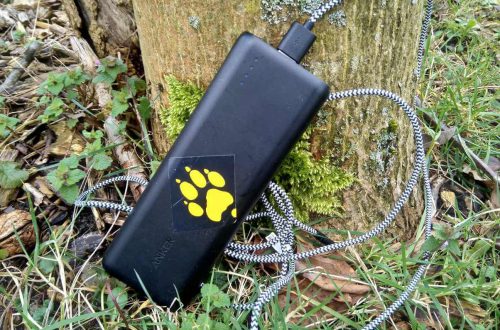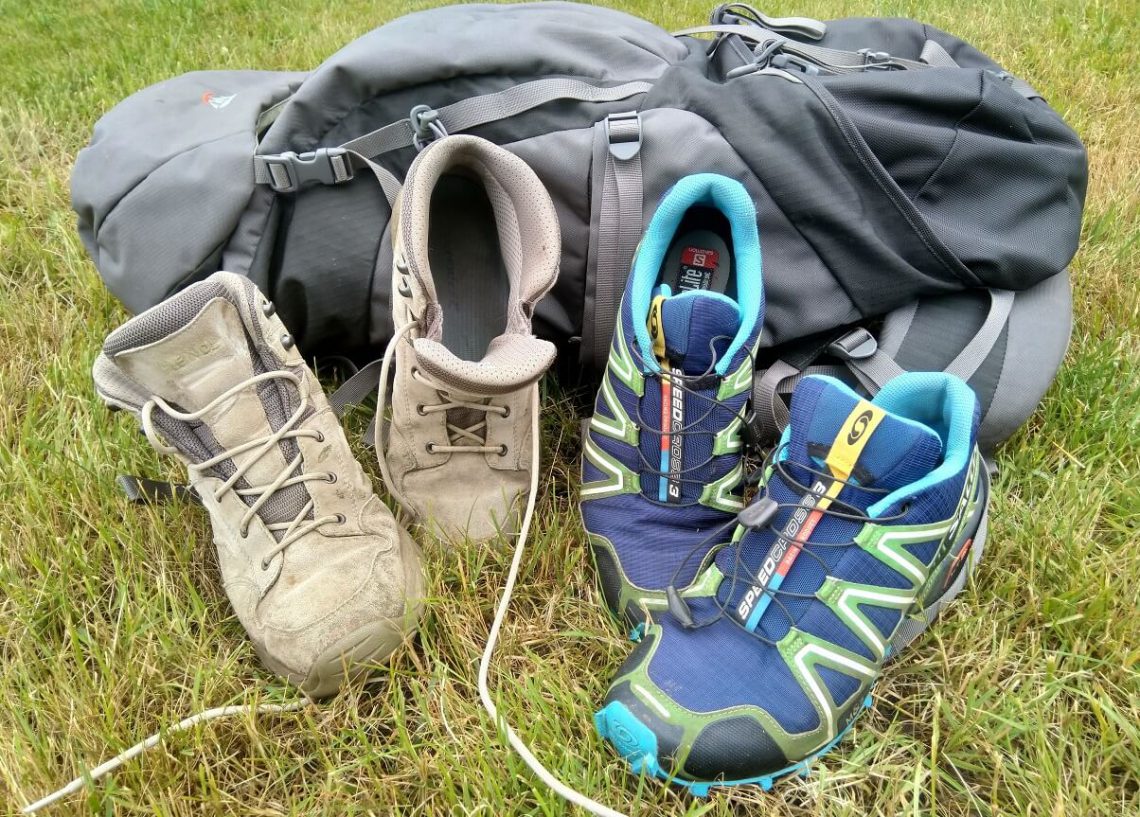
Are hiking boots necessary?
Hiking boots are the traditional footwear for any hiker, with time they themselves have evolved and there are more alternatives then ever. Lets cover them.
Doesn’t matter where you go shopping for hiking boots, be it on an online store or in a traditional hiking / outdoor store. The first thing that greets you when you walk into their footwear department is the long wall of different hiking shoes and boots.
In this article I hope to shed some light on the different choices that await you. And how you can make the choice for your hiking footwear.
Quick jump guide
- What kind of hiker are you?
- What trails will you be hiking?
- Trail running shoes
- Mid range and all round hiking boots
- Full on heavier hiking boots
- Sandals and Vibram barefoot options
- Are Hiking boots Necessary?
Within this article affiliate links are mentioned, when you click on those and make a purchase you support this site and what I do here.
Lets get my personal conclusion over with, I prefer walking in lower and lighter hiking boots for the longer distance hiking and trail runners for a lot of other trails. My Meindl Sahara’s have taking me through mountains and rock, swamps and lake sides and everything in between. For me a lighter weight hiking boot is my preferred option. Down below are the choices you can make to sort out your favorite hiking boots, shoes, or sandals and barefoot.
What kind of hiker are you?
There are many different ways to decide between hiking footwear. One of the biggest deciding factors in my opinion are what kind of hiker you are. When you enjoy some weekend hikes with the family but not the longer distance trekking than maybe you can opt for something different than for the longer distance trails like the different Camino’s in Spain and Europe. The bigger long distance trails or thru hikes of the USA. Or just walking in the mountains on vacation.
If you are the type to weekend hike and go for short day hikes you do not need the heavier full on hiking boots. These will feel alien on most peoples feet and can cause more fatigue than necessary. Because they are so stiff and heavy they are suitable for rougher rock terrain where a misstep can twist an ankle. So look at the hikes that you want to do and the country you are living in.
During my days working for an outdoor store in the Netherlands I always saw a few types that walked in looking for the biggest and heaviest boots available because they where going to be walking in the Ardennes in Belgium. Not really necessary and often leads to great discomfort.
What you need for those kinds of situations most are comfortable hiking boots that you are familiar with and can wear for many years. Not to heavy and with a little ankle support. For 90% of the people that is enough.
But when you further into the hiking scene than that and have the hikers that walk or hike more than 30 kilometers a day, every day. Than the choice gets a little more serious.
What also needs to be considered is what weather and time of year your going to be doing the most walking in. When all you do is battle snow in the winter with ice and rain then you may want to go for the heavier older fashion hiking boots. In this article I will be focusing most on the hikers that go out in the hiking season in temperate weather.
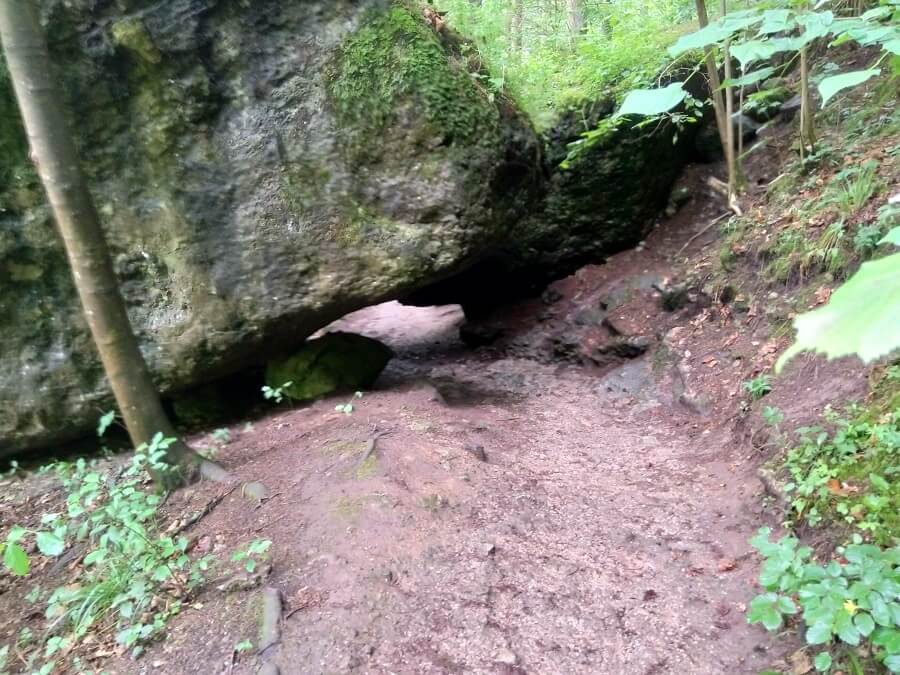
Do you have any existing preference for boots or shoes?
Construction workers or forest industry workers are more familiar with heavier boots with steel toes and kevlar protection. Somebody that works in an office and wears his monk strap shoes or heels everyday with a suit will most likely not be the most familiar with heavier boots.
I often recommend to go with what your feet are already more familiar with. Before working in IT I had the daily routine of strapping on my Meindl Borneo boots that where far heavier than the shoes that I had on in IT. So my preference for the outdoors was already leaning more towards something a bit higher than lower. That is how I landed on my choice of the Sahara’s.
And the people that wear low shoes on a daily basis will often tend to drift more towards the trial runners. At least that has been my experience checking out the boots of hikers and their backstories. From the United States, Engeland and Scotland, Sweden, Spain and Portugal. Every hiker has a different backstory and reasoning behind their footwear. A topic I always find interesting. Hence this article.
What trails will you be hiking?
Terrain can impact the choice of hiking boots. For nearly every Camino in Spain and Europe your going to be walking on quite a bit off asphalt. On Hadrian’s Wall in Engeland the same is often the case. Asphalt + heavy boots + Longer distances = sore feet and blisters. They are simply not meant for that use case. The soles from those heavier boots will also wear down a lot quicker on asphalt than any hiking trail.
Hiking trails in forest and across nature areas or parks are covered in many different types of material. From simple woodland ground that has the odd tree root here and there. To soft sand that gets into everything and is coarse and rough. To gravel and sea shells. These types of terrains are great for the lighter weight hiking boot and trail runners.
On a section hike of Big Bald Mountain in the US I came across quite the rougher terrain with rock and uneven terrain. The same goes for the Camino Portuguese that I walked. I did not miss the heavier boots, what I did do is slow right down and take it slower. Often a wiser decision on hiking trips, a air lift out off a nature area is not something I want to experience.
Trail running shoes
More and more populair for long distance hiking or thru hiking are trail runners. These are lightweight shoes with a lot of cushioning to lessen the impact on not only your feet but knees as well.
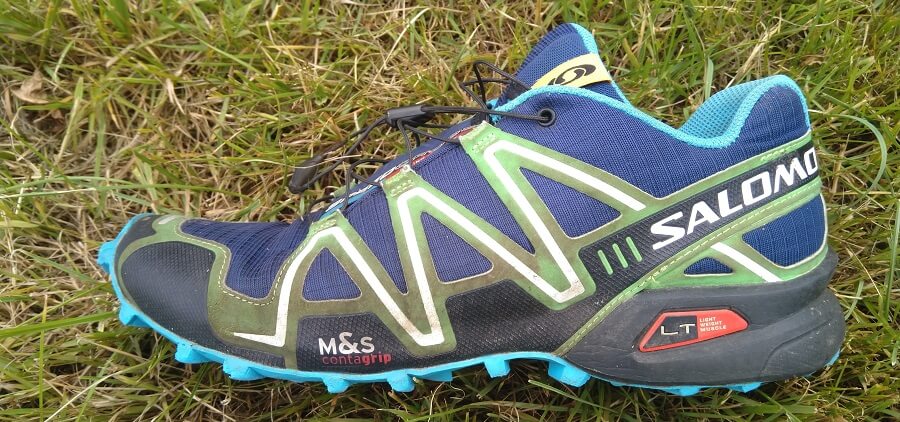
During the years that I have been hiking I tend to wear them more and more. And am myself still thinking about switching over. For a great deal of hikers trail runners are an excellent choice. And I highly recommend to at least try them on before making your decision on hiking boots or footwear.
Long distance hiking and trail runners does not mix with heavy backpacks and old fashioned camping. Thru Hikers are focused on UltraLight hiking and sawing off the handles of toothbrushes to get their base weight as low as possible. That and the development of lightweight material for tents, sleeping bags and pads makes for the explosion of popularity of trail runners. Low weight on your back equals to more miles hiked at the end of the day.
Stay well away from waterproof trail runners though, completely pointless since water finds its way into low boots from all angles. And you will be sweating and creating hot spots from that.
Mid range and all round hiking boots
Mid rangers and all round hiking boots are for most weekend hikers and for vacations the best choice. They offer more support than trail runners for the untrained hiker and more stability. While still being lighter weight and more supple than heavier classes of hiking boots. Many hikers start out with these types of boots before eventually getting their gear squared away (I.E. lighter weight) and moving on to trail runners.
As mentioned before I still prefer the Meindl Sahara boots for their lighter weight and a bit off ankle support. When comparing them to mid range hiking boots they fall in a categorie between trail runners and them.
There is also a large portion of hikers that do not move away from mid range hiking boots. They do that for many different reasons, but it comes down to the following.
- More ankle support
- Often more stable on looser surfaces
- Choosing for more heavier or luxury items on their back
Full on heavier hiking boots
These boots are only really useful for hikers that go out into the mountains or forests with full gear on their back, walking all day over rocks or climbing mountains or glaciers with chains on them.
One categorie that could be considered for hiking longer distances are boots like the Meindl Borneo that I covered before. Here I explain a little bit more about who these boots are a good option for and how you can benefit more from them.
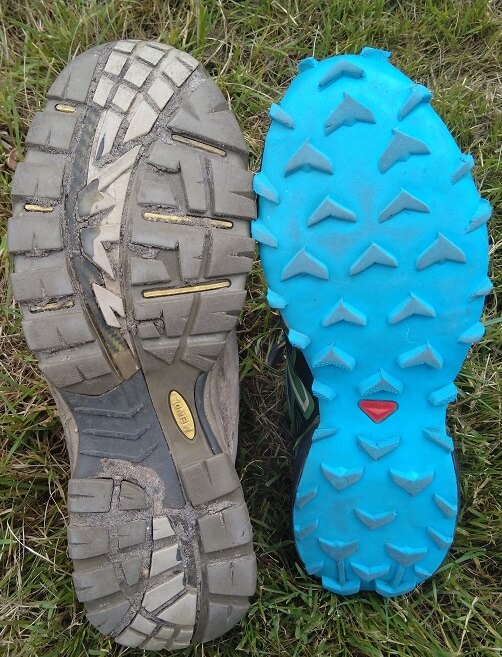
Sandals and Vibram barefoot options
Sandals or flip flops pretty much every hiker carries with them for camp shoes or backup. There are however a few hiking guys and girls that use them exclusively and swear by them. Same goes for the barefoot options out there by Vibram and others.
Since the Roman Republic armies and well before that, sandals where the go to footwear of choice for any person that needed to hike long distances. If you are a die hard like them you can try it and see for yourself, for most people however I would not recommend it for their first hiking trip. There are reasons that they are not the most populair hiking footwear out there anymore. Lack of protection, being one of the biggest.
Are Hiking boots Necessary?
Yes they are for a large percent still, but for a large procent the newer trail runners are the better option. For all the reasons mentioned in this article. I do want to drive home the point that the rest of your gear needs to be lightweight as well if you go the trail runner route.
When your baseweight far exceeds 15 to 20 % of your bodyweight then you might want to rethink it and go for the mid range hiking boots.
At the end of the day it all comes down to personal preference, like pretty much all things hiking.
What is your favorite hiking boots and combination? Leave a comment.


